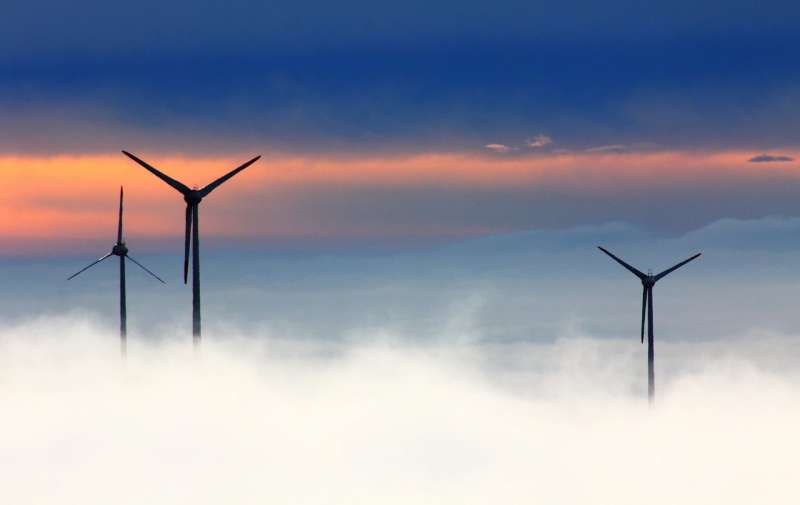
JULY 22, 2021 by University of Otago
Collected at: https://techxplore.com/news/2021-07-fully-renewable-energy-feasible-samoa.html?utm_source=nwletter&utm_medium=email&utm_campaign=daily-nwletter
The future of Samoa’s electricity system could go green, a University of Otago study has shown.
Pacific Island nations are particularly susceptible to climate change and face high costs and energy security issues from imported fossil fuels.
For these reasons many Pacific Island nations have developed ambitious 100 per cent renewable energy targets. However, they have not been subject to rigorous peer-reviewed studies to help develop these targets and pathways for achieving them in the same way as more developed countries.
To meet this need, Otago Energy Science and Technology Masters student Tupuivao Vaiaso mapped future scenarios for Samoa’s electricity system by carefully balancing renewable supply and electricity demand.
The study, published in Renewable and Sustainable Energy Reviews, shows high proportions (above 90 per cent) of renewable generation coupled with battery or pumped hydro energy storage is technically feasible, and economically viable—it would cost far less than current electricity production.
A special combination of characteristics makes this possible: great solar resources with very little seasonal variation; little variation in demand due to constant seasonal conditions; and high electricity prices from the current use of diesel.
However, the results also show there is a significant trade-off between percentage of renewable supply and affordability. To counter this, Mr Vaiaso says targets should be set just below 100 per cent for it to be economically attractive and/or biomass options (like the recent biomass gasification plant) could potentially be considered for the last few percent.
Co-author Associate Professor Michael Jack, Director of the Energy Management program in the Department of Physics, says the study shows an affordable pathway to achieve renewable energy targets which is important as cutting emissions must be achieved in a way that does not increase energy hardship.
“These results have important implications for energy policy directions for Samoa and are directly applicable to many other countries in the Pacific,” he says.
He believes the study also suggests Pacific Island nations are an important option for the growing trend in international sustainable finance.
“The high price of electricity means that renewable options are much more economically attractive than many other countries. These are essentially low hanging fruit that provide multiple benefits and, I imagine, would be attractive to these funding bodies.”
More information: T.V. Jr. Vaiaso et al, Quantifying the trade-off between percentage of renewable supply and affordability in Pacific island countries: Case study of Samoa, Renewable and Sustainable Energy Reviews (2021). DOI: 10.1016/j.rser.2021.111468
Provided by University of Otago
